DP Camps Europe intro.
Story and photos compliments of Displaced Persons Camp Money by Frank Passsic and Steven A. Feller
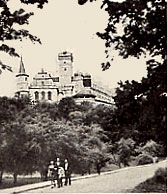
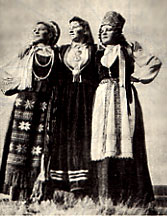
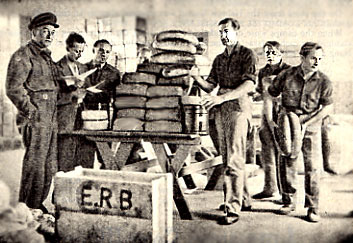
Atop a sandy slope on the outskirts of Scheinfeld, a small town in Bavaria halfway between Nuremberg and Wurzburg, sits a 17th century castle built by the Schwarzenberg family. It was in this imposing structure that a Lithuanian DP encampment was established on Apri 28, 1946 to house 1,500 Lithuanians tranferred from the DP camp in Regensburg. The camp was headed by an American reserve officer of Lithuanian decent, Stanley B. Milnus, whose parents had come from the Vilnius region of Lithuania; chairman of the camp's committee was Professor Ceslovas Masaitis, a Lithuanian mathematician.
Administered and occupied entirely by Lithuanians, the Scheinfeld camp was liquidated in 1949 after its administrator, Steponas Birutis, left for America. Committee chairman Masaitis later instituted a Lithuanian fraternal order in the United States that carried the "Scheinfeld" name.
A camp publication features the photo on the right ladies representing "Lithuania, Latvia and Estonia...waiting for the dawn of their independence."
UNRRA Team 569 Director Anton A. Pritchard writes: "In the month since the camp has been opened, the following welfare projects have been organized:
1) A camp newspaper is published daily with an English translation for the director;
2) An amenity Canteen is functioning with great success;
3) We have established an internal money system by which workers are paid and which works in conjunction with the Canteen.
Under the present Canteen System of paying workers and the anticipated cessation of American cigarettes from Red Cross parcels, present supplies of amenity items will not meet demand, and an internal economic crisis can be foreseen. Particular items are needed are shaving soap, cigarettes, razor blades, brilliantine, hair and bobby pins, combs.
The following suggestions are respecfully submitted, with the full realization of their lack of originality:
1) that amenity supplies (Canteen) be increased to that economic stability can be maintained and so that payment for working can be kept sufficiently attractive;
2) that a source of cigarettes can be found."
On the left, camp administrators draw rations from the canteen.
Another report, dated July 15, 1946, reiterates the creation of an internal camp money system and the scarcity of emenities.Therefore it appears that Scheinfeld Lithuanian camp money was used in the canteen from May through July 1946. However, because of acute shortages of goods, opportunities to actually spend the money were greatly diminished, and the monetary system subsequently was abandoned.
It is surmised that all Scheinfeld notes were destroyed, with one authority keeping an estimated fifteen sets as sourvenirs, thus accounting for the hoard discovered in England.
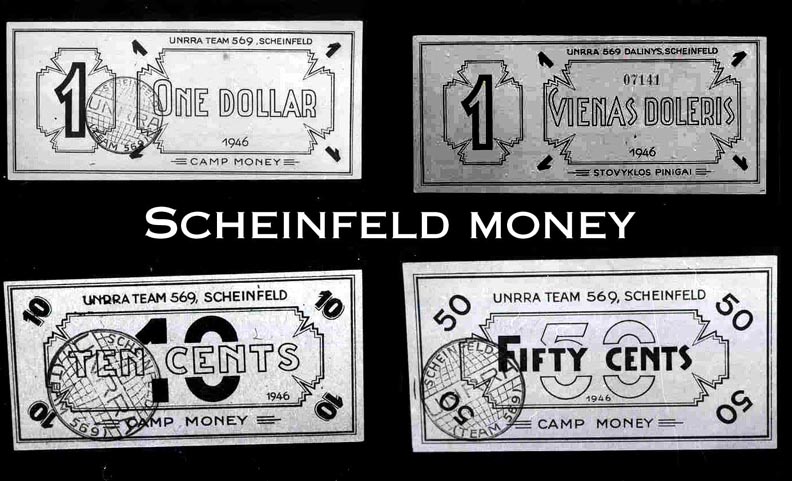
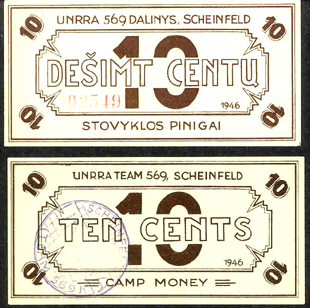
Scheinfeld camp money is bilingual--Lithuanian on the obverse, English on the reverse.